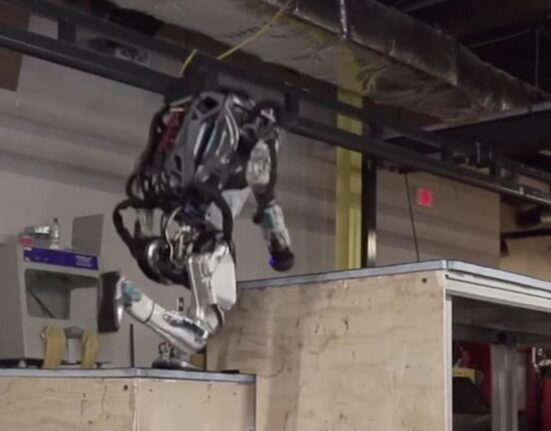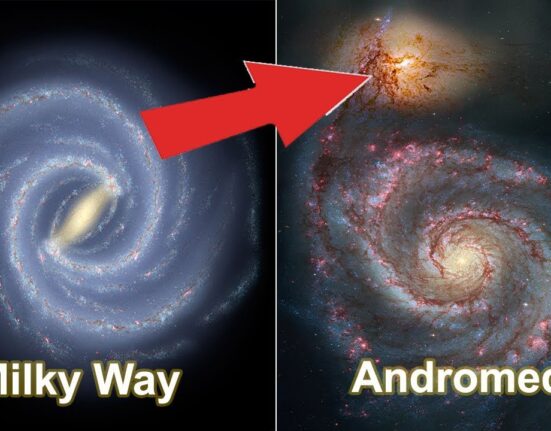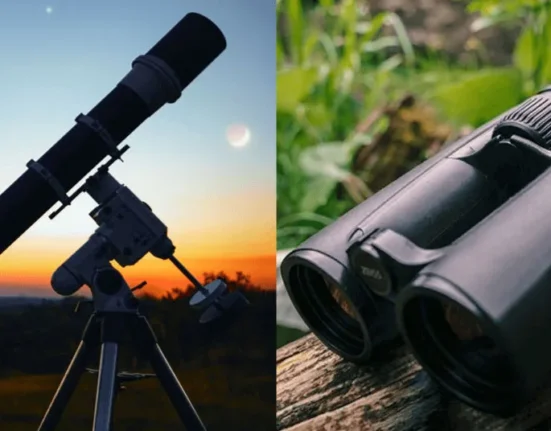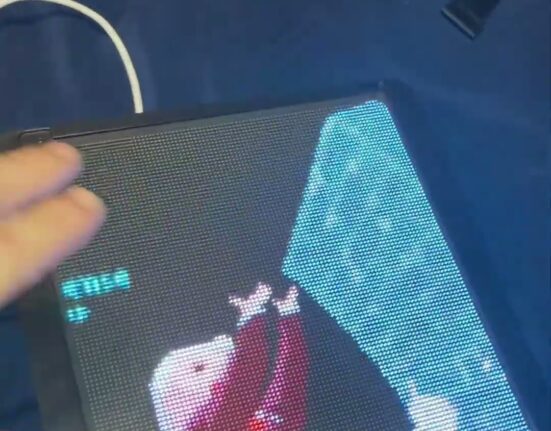Imagine a world where rocks from outer space hurtle through the cosmos, crashing into each other with cosmic force. These meteorites, remnants of our solar system’s ancient past, hold secrets that can unravel the mysteries of our celestial neighborhood. And at the heart of this enigma lies a puzzling discovery – why do some meteorites appear less shocked than others when they contain carbon?
In the realm of planetary science and astrobiology, this anomaly has perplexed researchers for quite some time. It’s like finding a trail of breadcrumbs in the sky but missing a few crucial crumbs along the way. Enter astrophysicist KUROSAWA Kosuke from Kobe University, whose curiosity was piqued by this cosmic conundrum.
“I specialize in impact physics and am interested in how the meteorite material changes in response to impacts, something called ‘shock metamorphism.’ And so I was very interested in this question,”
shared Kurosawa.
Inspired by a groundbreaking theory proposed two decades ago by another Kobe University scientist, Kurosawa embarked on a scientific journey to uncover the truth behind these enigmatic carbon-containing meteorites. The theory suggested that high-speed impacts could generate vapor from water-rich minerals within meteorites, expelling crucial evidence into space.
However, as with all great scientific hypotheses, there were challenges to overcome. Notably, calculations were needed to determine if this process could indeed release enough water vapor while accounting for carbon-containing meteorites devoid of such minerals showing similar characteristics.
Driven by his passion for unraveling cosmic mysteries, Kurosawa devised an ingenious experiment using a two-stage light gas gun connected to a sample chamber. This intricate setup allowed him and his team to delve into the aftermath of high-speed impacts on simulated meteorite samples containing or lacking carbon.
Through meticulous examinations and meticulous analyses published in Nature Communications journal, their findings unveiled a startling revelation – impacts on carbon-rich meteorites triggered chemical reactions leading to the formation of scorching hot gases like carbon monoxide and dioxide.
“We found that the momentum of the ensuing explosion is enough to eject the surrounding highly-shocked rock material into space.”
These explosive events were exclusive to carbon-laden meteorites – providing a compelling explanation for their seemingly reduced evidence of shock compared to their non-carbon counterparts. In essence, it wasn’t that they were less affected; rather, vital clues were being literally blown away by these internal explosions.
But fear not for lost knowledge! The story takes an intriguing turn as larger celestial bodies like Ceres come into play. Calculations hinted at gravity’s role in potentially reeling back ejected materials onto Ceres’ surface post-impact events.
According to Kurosawa:
“Our results predict that Ceres should have accumulated highly-shocked material produced by these impacts…”
This insight opens up exciting possibilities for future planetary exploration missions as we consider probing deeper into these cosmic phenomena. Thanks to funding from prestigious organizations like Japan Society for Promotion of Science and collaborative efforts with institutions like Chiba Institute of Technology and Imperial College London – this research sheds new light on our understanding of impactful encounters among celestial neighbors.
As we gaze up at night skies filled with twinkling stars and ponder over distant worlds beyond our reach – remember that every shooting star carries within it tales untold waiting for intrepid explorers like Kurosawa and his team to decipher their cosmic secrets.








Leave feedback about this